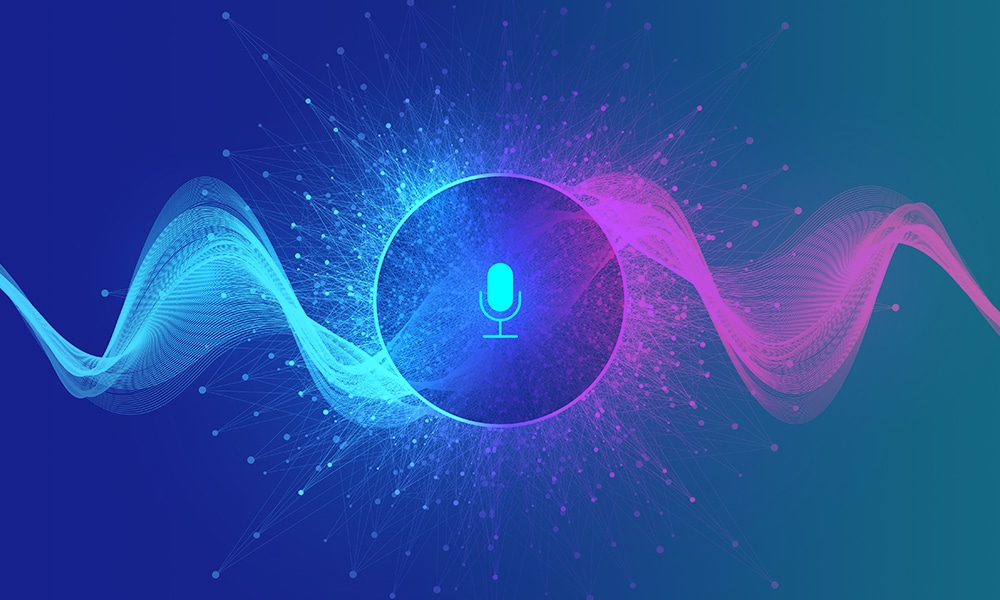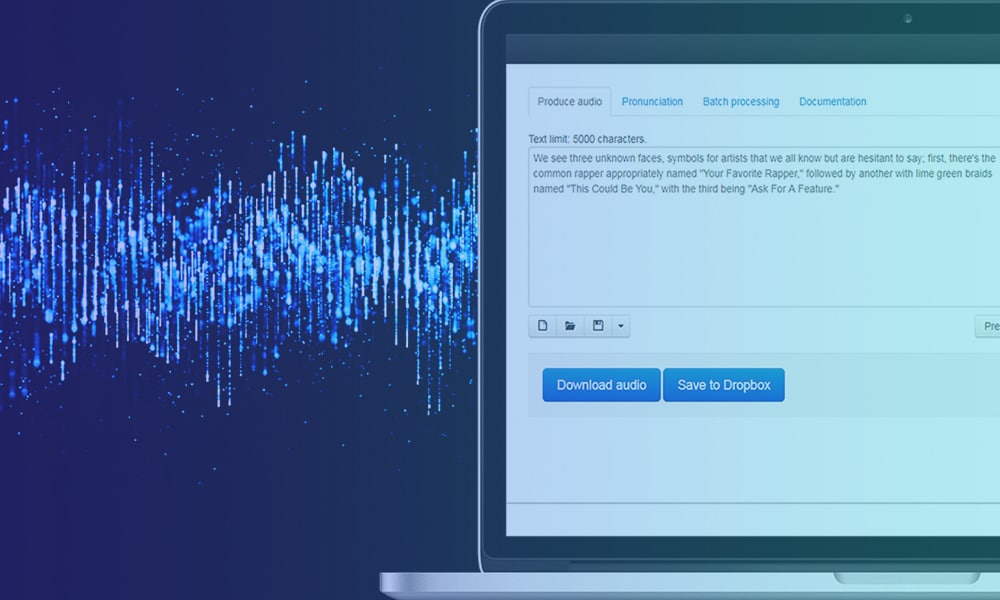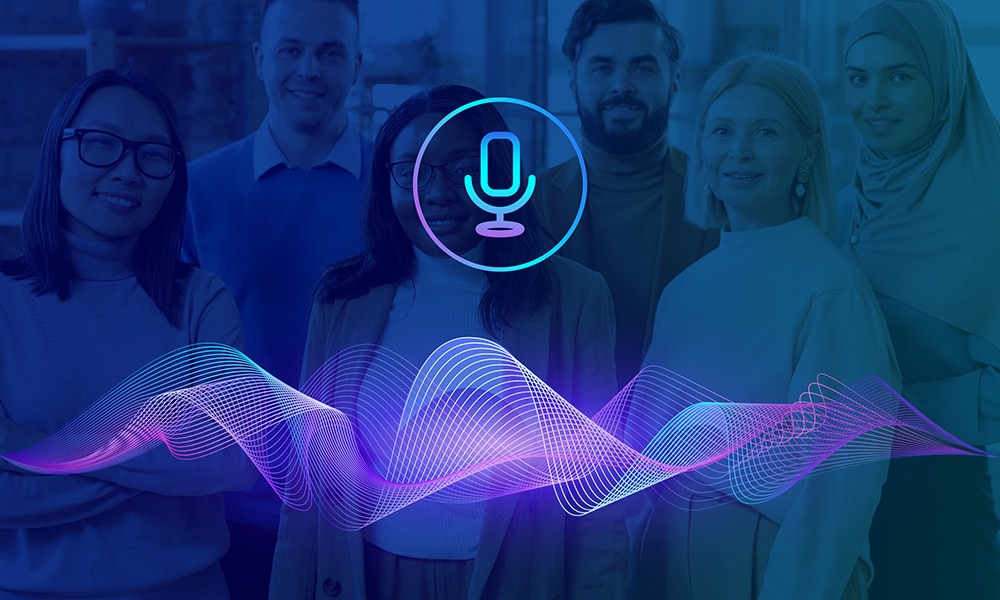Automatic Speech Recognition technology has been there for a long haul but recently gained prominence after its use became prevalent in various smartphone applications like Siri and Alexa. These AI-based smartphone applications have illustrated the power of ASR in simplifying everyday tasks for all of us.
In the past decade, commercial ASR systems have become a critical component in many consumer products and services, with companies like Amazon, Google, and Apple leading the way in integrating advanced speech recognition into their offerings.
Additionally, as different industry verticals further move toward automation, the underlying need for ASR is subjected to surge. Hence, let us understand this terrific speech recognition technology in-depth and why it is considered one of the most crucial technologies for the future.
A Brief History of ASR Technology
Before proceeding ahead and exploring the potential of Automatic Speech Recognition, let us first take a look at its evolution.
| Decade | Evolution of ASR |
|---|---|
| 1950s | Speech Recognition technology was first introduced by Bell Laboratories in the 1950s. The Bell Labs created a virtual speech recognizer known as ‘Audrey’ that could identify the numbers between 1-9 when spoken by a single voice. |
| 1960s | In 1952, IBM launched its first voice recognition system, ‘Shoebox.’ Shoebox could understand and differentiate between sixteen spoken English words. |
| 1970s | Carnegie Mellon University in the year 1976 developed a ‘Harpy’ system that could recognize over 1000 words. |
| 1990s | After a long wait of almost 40 years, Bell Technologies again breakthrough the industry with its dial-in interactive voice recognition systems that could dictate human speech. |
| 2000s | This was a transformative period for ASR technology as the big technology giant Google started working on speech recognition technology. They created advanced speech software with an accuracy rate of approximately 80%, making it popular worldwide. |
| 2010s | The last decade became a golden period for ASR, with Amazon and Apple launching their first-ever AI-based speech software, Alexa and Siri. |
Speech recognition research in the late 20th century led to the development and widespread adoption of hidden markov models, which became the backbone of many early ASR systems.
Moving ahead of 2010, ASR is tremendously evolving and becoming more and more prevalent and accurate. Today, Amazon, Google, and Apple are the most prominent leaders in ASR technology.
[ Also Read: The Complete Guide to Conversational AI ]
How Does Voice Recognition Work?
Automatic Speech Recognition is a fairly advanced technology that is extremely hard to design and develop. There are thousands of languages worldwide with various dialects and accents, so it is hard to develop software that can understand it all.
ASR uses concepts of natural language processing and machine learning for its development. By incorporating numerous language-learning mechanisms in the software, developers ensure the precision and efficiency of speech recognition software.
Automatic Speech Recognition (ASR) is a complex technology that relies on several key processes to convert spoken language into text. At a high level, the main steps involved are:
- Audio Capture: A microphone captures the user’s speech and converts the acoustic waves into an electrical signal.
- Audio Pre-processing: The electrical signal is then digitized and undergoes various pre-processing steps, such as noise reduction, to enhance the quality of the audio input.
- Feature Extraction: The digital audio is analyzed to extract acoustic features, such as pitch, energy, and spectral coefficients, that are characteristic of different speech sounds.
- Acoustic Modeling: The extracted features are compared against pre-trained acoustic models, which map the audio features to individual speech sounds or phonemes.
- Language Modeling: The recognized phonemes are then assembled into words & phrases using statistical language models that predict the most likely word sequences based on context.
- Decoding: The final step involves decoding the most probable word sequence that matches the input audio, taking into account both the acoustic and language models.
These core components work together seamlessly to enable highly accurate speech-to-text conversion, even in the presence of background noise, accents, and diverse vocabularies.
[Also Read: Top 4 Speech Recognition Challenges & Solutions]
Real-World Examples of ASR

Automatic Speech Recognition is a terrific technology that has become widely popular and valuable today. Its high prominence is because it enables users to complete multiple tasks swiftly using hands-free control.
Virtual Assistants and Smart Devices: ASR is a core component of virtual assistants like Siri, Alexa, and Google Assistant, enabling hands-free control and interaction with a variety of smart home devices and online services. Voice search, and voice-controlled devices are among the most common applications of ASR technology in consumer electronics, allowing users to interact with smartphones, smart home gadgets, and other devices through spoken commands. The most popular products that use speech recognition technology are:
- Google Assistant: Developed in 2016, Google Assistant is the finest chat-based software today, having the highest accuracy rate of over 95% in US English. Roughly, it is used by hundreds of millions of people worldwide.
- Apple Siri: Siri is the classic example of ASR’s availability in over 30 countries and 21 languages globally. Siri is the first chat-based system to revolutionize the use of speech-to-text technology.
- Amazon Alexa: Alexa has become a household name and device today, with an estimated user count of over 100 million people worldwide.
Use Cases for Speech Recognition Technology
Apart from using the ASR technology in chat-based software, there are other use cases of this exceptional technology. Automatic speech recognition use spans a broad range of industries and daily life, from customer service automation to hands-free vehicle controls and accessibility tools. Here are a few of them:

Automotive and Transportation
ASR is integrated into in-vehicle infotainment systems, allowing drivers to control various functions, such as music playback, navigation, and climate control, using voice commands, improving safety and convenience.
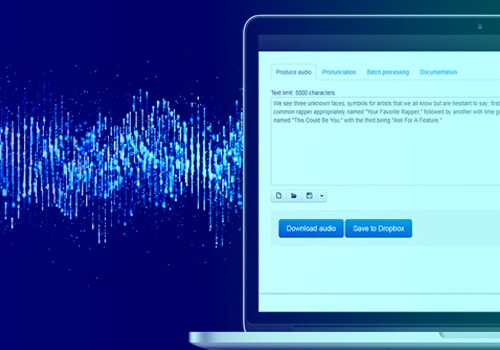
Healthcare & Medical Transcription
ASR is transforming the healthcare industry by enabling physicians to dictate notes and records more efficiently, streamlining the documentation process and reducing administrative overhead.

Call Centers & Customer Support
ASR is widely used in call centers to automate the transcription of customer interactions, improve agent productivity, and enhance the overall customer experience.
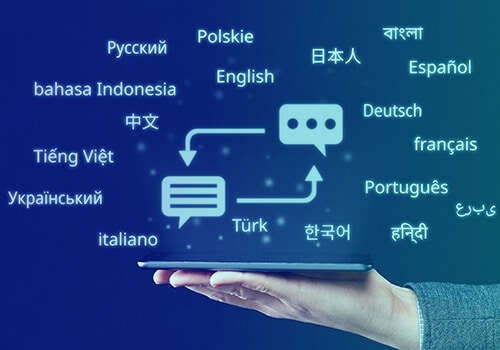
Language Learning
ASR technology has revolutionized language learning by providing real-time feedback on pronunciation and spoken language skills. This enables learners to refine their speech patterns, receive immediate corrections, and improve their fluency in a more efficient manner.
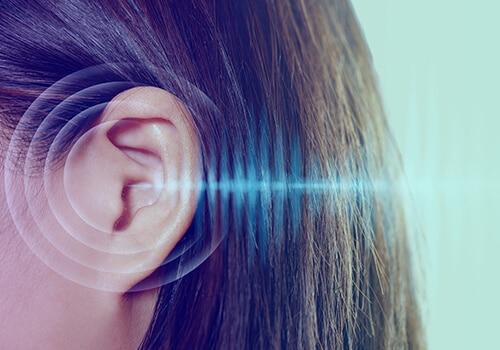
Accessibility for the Hearing Impaired
ASR technology plays a crucial role in making digital content and experiences more accessible for individuals with disabilities, such as providing real-time captions for hearing or enabling voice control for those with limited mobility.
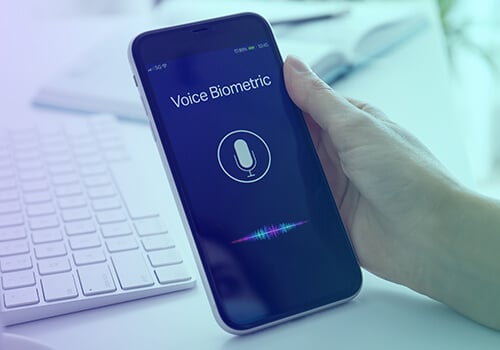
Voice Biometrics and Security
The unique characteristics of an individual’s voice can be utilized as a form of biometric authentication. ASR technology plays a crucial role in voice biometric systems, offering an additional layer of security for personal identification and access control.

Media and Broadcasting
ASR is used to generate closed captions and subtitles for live and pre-recorded content, making it more accessible for viewers and enabling new forms of interactive media experiences.
Advantages of ASR
- Efficiency: ASR accelerates data entry and communication, allowing users to speak instead of type, which boosts productivity.
- Accessibility: It enhances technology accessibility for individuals with disabilities, enabling easier interaction with devices.
- Hands-Free Operation: ASR facilitates multitasking by allowing users to control devices through voice commands, keeping their hands free for other tasks.
- Cost-Effective: By reducing the need for manual transcription services, ASR saves businesses time and operational costs.
[Also Read: Speech Recognition Training Data – Types, data collection, and applications]
Challenges in ASR
- Accents and Dialects: Variability in accents can hinder recognition accuracy, leading to errors in transcription. These are among the key ASR challenges that researchers are actively working to address.
- Background Noise: Noisy environments can disrupt ASR performance, making it difficult for the system to capture speech clearly. In contrast, human recognition typically outperforms ASR in challenging acoustic environments, as humans are better at understanding speech in noise.
- Homophones: Words that sound the same but have different meanings can confuse ASR systems, resulting in misunderstandings.
- Continuous Speech: Natural speech patterns, including pauses and variations, complicate recognition, challenging ASR accuracy.
What Does the Future Hold for ASR Technology?
With the advancement of AI and machine learning, Automatic Speech Recognition technology is expected to become more accurate, faster, and more natural-sounding. In addition, ASR technology is likely to become prevalent in customer service, education, healthcare, and more. For organizations, developing customized ASR-based business solutions must be the next target.








